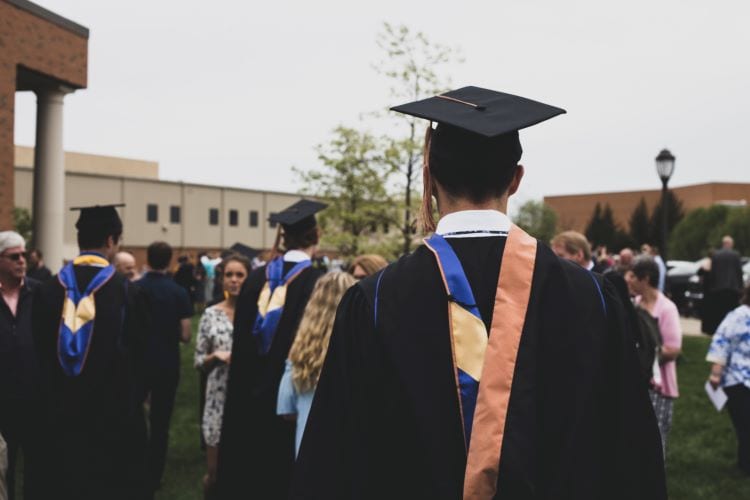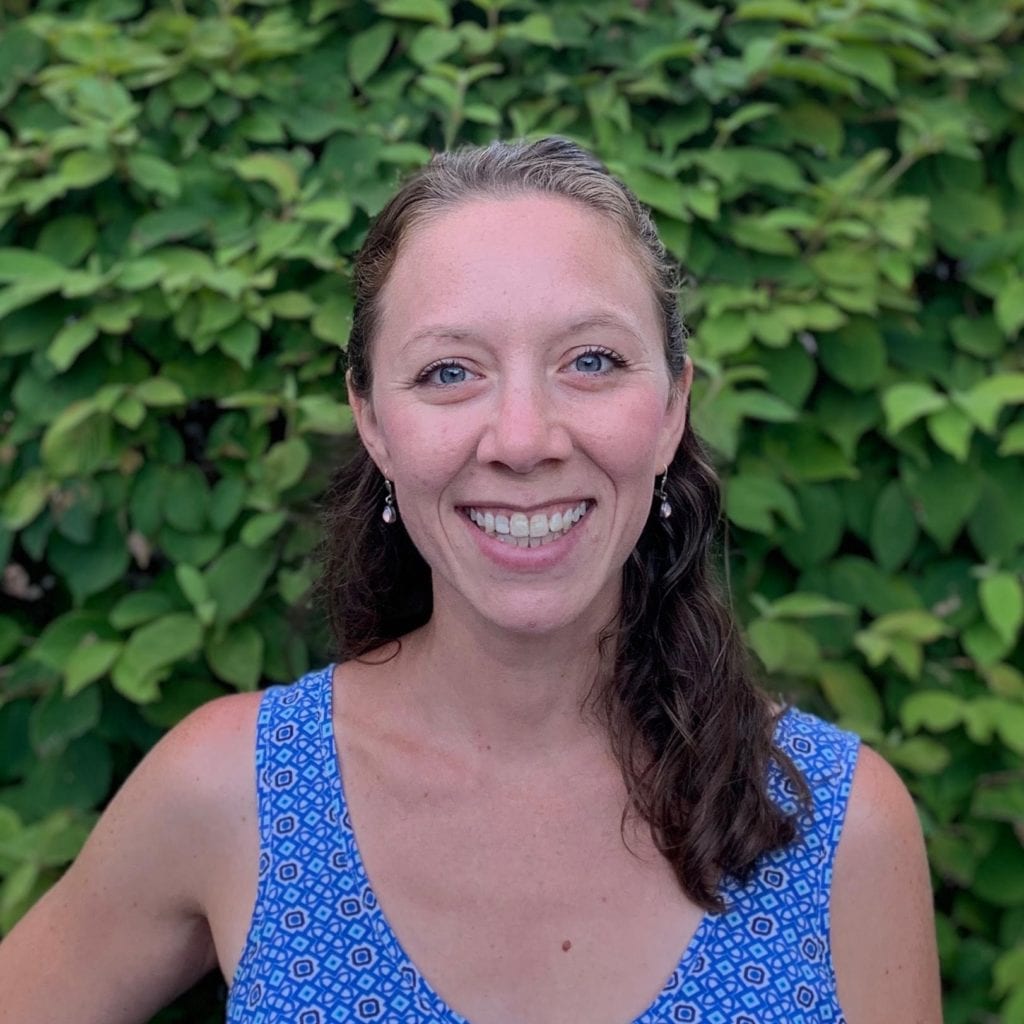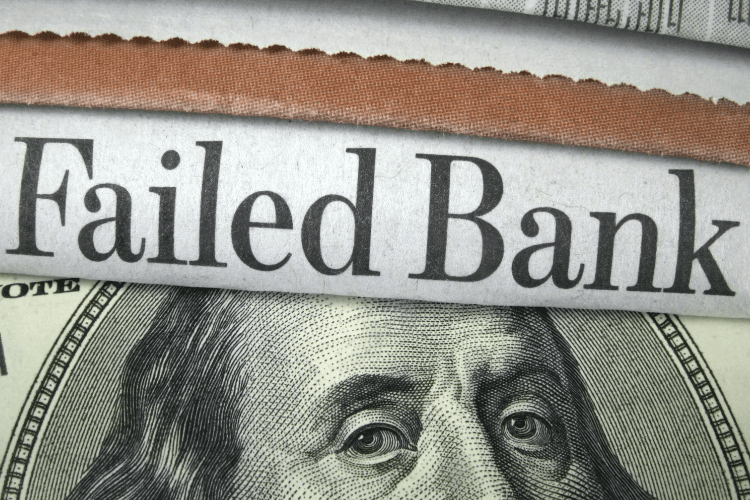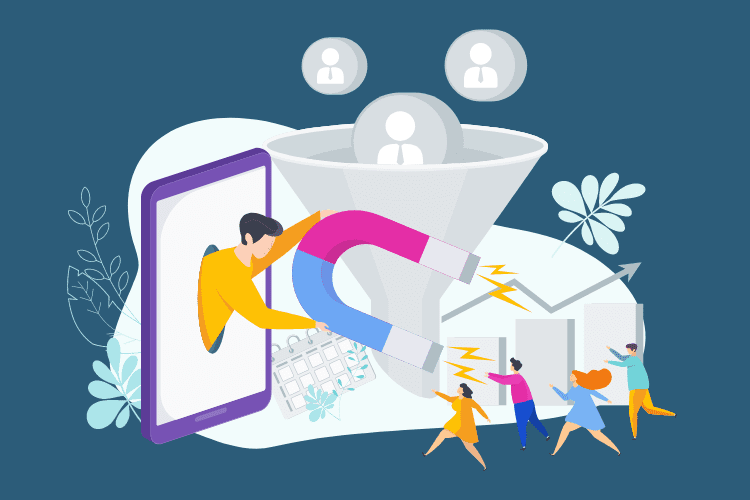What You Need to Know About Public Service Loan Forgiveness

If you feel like you’re drowning in your student loan debt, you’re not alone. Americans owe more than $1.5 trillion in student loan debt, and many of the 45 million adults with student loans can’t afford to make their monthly payments.
If you’re employed by a government or not-for-profit organization, you may have a way out of your harsh student loan obligations. The Public Service Loan Forgiveness Program (PSLF) offers loan forgiveness opportunities to full-time employees. Here’s everything you need to know to see if you qualify.
What is the Public Service Loan Forgiveness Program (PSLF)?
The Public Service Loan Forgiveness Program is a specific form of student loan forgiveness. Acceptance into this program isn’t a cakewalk. You must meet specific eligibility requirements and work qualifications to even be eligible to apply. Approval is not guaranteed, so make sure you understand all of the requirements before you begin.
Requirements for the PSLF
If you want to take advantage of the forgiveness offered by PSLF, you must meet all of the following qualifications.
First, you must work for a government agency or an approved nonprofit organization. Your exact job description doesn’t matter, but your employer must fall into one of these categories:
- A federal, state, local, or tribal government organization
- A not-for-profit organization with tax-exemption under Section 501(c)(3)
- AmeriCorps or Peace Corps organization
This means that labor unions, partisan political organizations, and for-profit organizations do not qualify as approved employers for PSLF.
Second, you must work full-time for that agency or organization, defined as at least 30 hours per week.
Additionally, you must have Direct Loans or take steps to consolidate your other forms of federal student loans into Direct Loans. Unfortunately, any payments made on your loans before they are consolidated into Direct Loans do not count as qualifying payments.
Finally, you must have made 120 qualifying payments toward your loan. These 120 qualifying payments don’t need to be consecutive.
A qualifying payment is defined by multiple specific traits:
- Occurred after October 1, 2007
- Paid for the full amount due as shown on your bill
- Paid no later than 15 days after your due date
- Occurred under a qualifying repayment plan
- Paid while you are employed full-time by a qualifying employer
- Paid when the loan is active, not in a grace period, deferment, or forbearance
These qualifications immediately set the bar high. Even if you’ve been slaving away at your payments for eight years, you still have to tread water for two more years before you might possibly qualify. And that’s assuming every payment over the past eight years is deemed as a qualified payment.
Other Forgiveness Options
If you can’t qualify for the PSLF program, you may have other options. The Temporary Expanded Public Service Loan Forgiveness (TEPSLF) program reconsiders your eligibility using a more flexible list of qualifying repayment plans. Since it’s temporary, this program is offered on a first-served basis.
The Department of Federal Student Aid through the U.S Department of Education may be able to help you with the specific details of your situation as well.










